Basu Bhattacharya
Subscribe to read full article
This section is for paid subscribers only. Our subscription is only $37/- for one full year.
You get unlimited access to all paid section and features on the website with this subscription.
Not ready for a full subscription?
You can access this article for $2 , and have it saved to your account for one year.
- Born: 1934 (Murshidabad, Bengal)
- Primary Cinema: Hindi
- Spouse: Rinki (Nilanjana)
- Children: Aditya Bhattacharya , Chimmu, Anwesha Arya
Filmmaker Basu Bhattacharya was a renowned name in parallel cinema, known for exploring complex relationships in his films; he turned out an introspective trilogy on marital discord in an urban setting. His directorial Teesri Kasam (1966) starring Raj Kapoor and Waheeda Rehman won the National Award for Best Feature Film, while his production, Sparsh(1979) won the National Film Award for Best Feature Film in Hindi as well as the Filmfare Best Film Award. Even though Bhattacharya's first two films were box office failures, he is credited with starting the trend of films based on the middle class. His oeuvre comprises the critically acclaimed Anubhav (1971), Avishkaar (1973), and Griha Pravesh (1979) in which he explored woman relationships, as well as Sangat (1976), Madhu Malti (1978), Anveshan (1985), Ek Saas Zindagi (1991), and the controversial Rekha-Om Puri starrer Aastha(1997). He started his career in 1958 assisting Bimal Roy in films like Madhumati (1958) and Sujata (1959). In the course of his career, he served as President of the Indian Film Directors' Association for over 10 years, and was also jury member at the 12th Moscow International Film Festival.
He was born in 1934, in Murshidabad, Bengal, into a Brahmin family which provided hereditary priests to the Cossimbazar royal family. Educated in Behrampore, he moved to Calcutta to attend college, and then to Bombay in the early 50s. He started his career in films as assistant to renowned director Bimal Roy in 1958, assisting Roy on films like Madhumati and Sujata.
Bhattacharya made his debut as director in 1966 with the Raj Kapoor and Waheeda Rehman musical Teesri Kasam, produced by Shailendra. This black-and-white gem, based on writer Phanishwarnath Renu’s story Maare Gaye Gulfaam, is an unconventional film that portrays rural Indian society. The story of a naive bullock cart driver Hiraman, who becomes acquainted with and falls in love with an Hirabai, an acclaimed nautanki artiste, it comes with strong performances and fabulous hit songs. The film also deals with the issue of exploitation of women in the performing arts, especially in travelling folk theatre. Aided by Subrata Mitra’s poetic cinematography, Bhattacharya could lend the film a poignant feel. Although the film fared poorly at the box office, it won the National Film Award for Best Feature Film at the 14th National Film Awards.
For his second project, Bhattacharya directed a little-known film called Uski Kahani (1966) starring Tarun Ghosh and Anju Mahendru. This was Mahendru’s debut film after she was discovered as a teenager by the poet Kaifi Azmi and cast. Bhattacharya directed Uski Kahani on a low budget, outdoors and on real locations, minus studios and fancy equipment. Apparently, the locals provided the production with electricity when required, while Mahendru's mother helped out the film unit for conveyances, and cameraman Nandu Bhattacharya used the car lights to illuminate his night scenes. With dialogues and lyrics penned by Kaifi Azmi, the two hit songs were rendered by Geeta Dutt and Hemant Kumar who sang for free. Composer Kanu Roy would go on to become a Basu Bhattacharya regular. Uski Kahani was considered by some to have launched the unofficial experimental cinema movement in Hindi cinema. Bhattacharya’s first two films, despite being unsuccessful at the box office, also started the trend of films based on the middle class.
Bhattacharya’s Anubhav, Avishkaar, and Griha Pravesh explored the marital problems of upper-class couples. In this trio of films, he portrayed couples straining to build their homes, and maintain their connections. They are shown to remember happier times, and thus strike a balance of sorts. The films examine the connections between what creates a successful partnership and a loving home. With the concepts of marriage and home almost interchangeable in these films, the marriage is threatened by the weakening of the home, and by the invasion of the world. While these films borrowed several tropes form the emergent New Indian Cinema, they have been critiqued for limited their scope to upper-class couples.
Another Bhattacharya film that stirred the waters considerably was Aastha: In the Prison of Spring. Again, set in the institution of marriage, he illustrates his response to the growing materialism in the 1990s and explores its impact on modern, urban marriage, as well as moral values. The film depicted a bored and restless housewife, with a young school-going daughter, who awakens to her sexuality post mid-life, and in the process falls into the trap of prostitution. The film met with both critical acclaim and commercial success, the latter of which had eluded Basu in his last few films. The film's success was seen to blur the gap between Indian art and commercial cinema, where art film makers, dealing with serious issues, used a musical format to make the film more commercially appealing, thus reaching a wider audience.
Basu Bhattacharya served on several influential governmental committees concerning film policy, including the Working Group on National Film Policy (1980) and the board of the NFDC. He was also President of Indian Film Directors Association.
On the personal front, he was married to Bimal Roy’s daughter, noted critic and author Rinki (Nilanjana). The couple had three children—son Aditya Bhattacharya who directed the film Raakh (1988), and daughters Chimmu and Anwesha Arya, a writer. Alleging domestic abuse, Rinki moved out in 1983, and the couple formally divorced in 1990. Rinki went on to edit an anthology on domestic violence in India, titled, Behind Closed Doors – Domestic Violence in India and became a successful writer, columnist and documentary filmmaker.
Basu Bhattacharya passed away on 19 June, 1997. He was 62.
-
Filmography (3)
SortRole
-
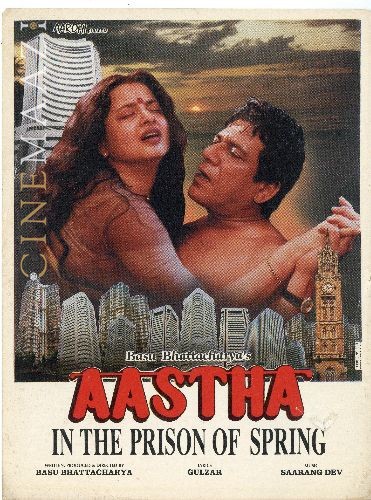
Aastha 1997
-
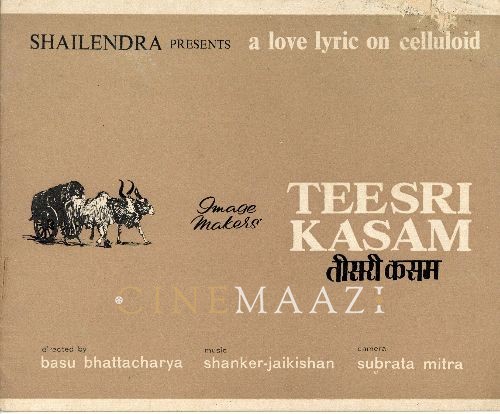
Teesri Kasam 1966
-
Uski Kahani 1966
-







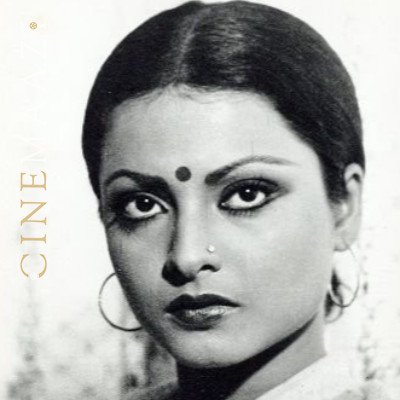
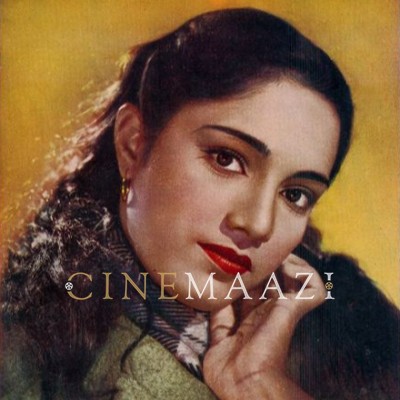
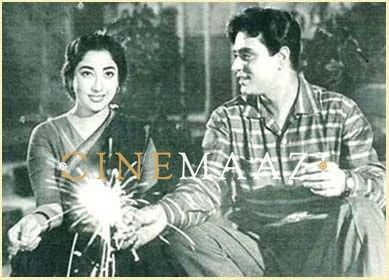
.jpg)



